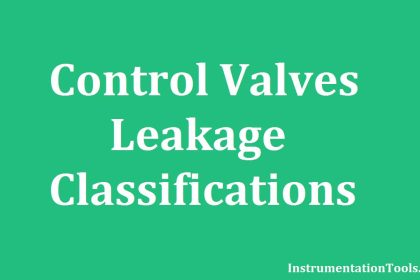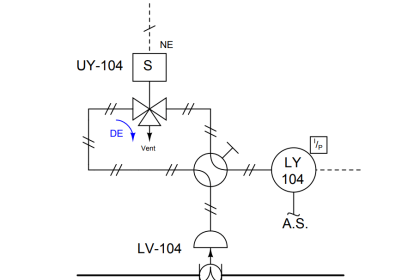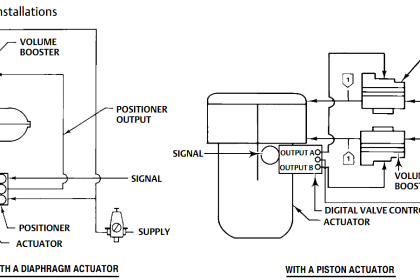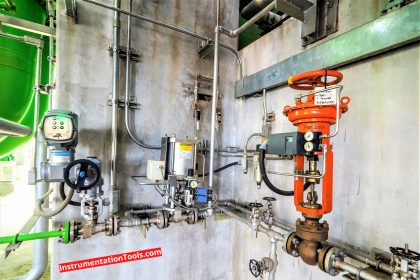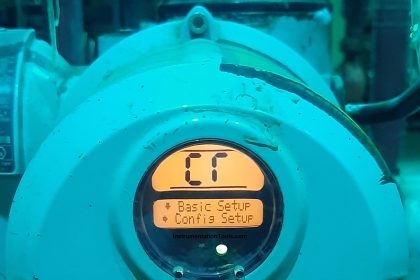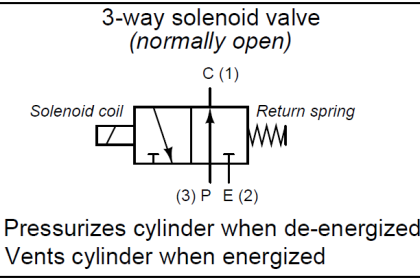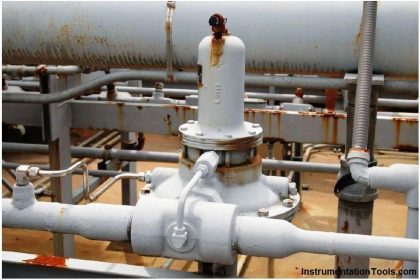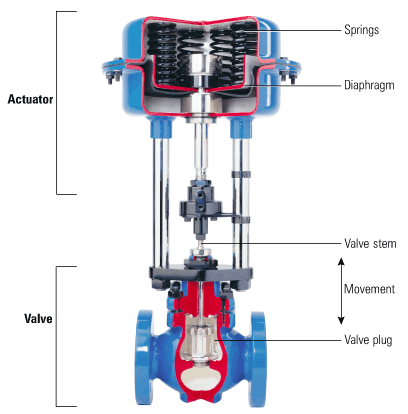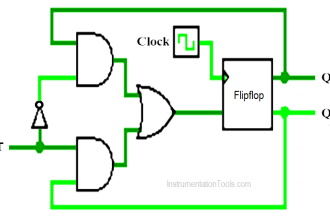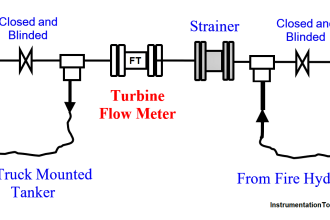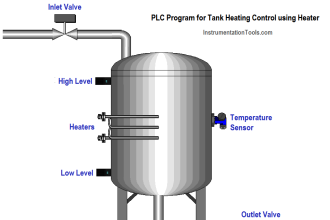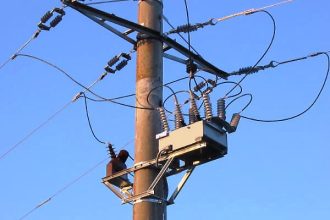The relatively inexpensive pinch valve is the simplest in any valve design. It is simply an industrial version of the pinch cock used in the laboratory to control the flow of fluids through rubber tubing.
Pinch valves are suitable for on-off and throttling services. However, the effective throttling range is usually between 10% and 95% of the rated flow capacity.
Pinch Valve
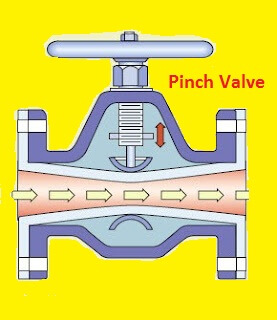
Pinch valves are ideally suited for the handling of slurries, liquids with large amounts of suspended solids, and systems that convey solids pneumatically.
Because the operating mechanism is completely isolated from the fluid, these valves also find application where corrosion or metal contamination of the fluid might be a problem.
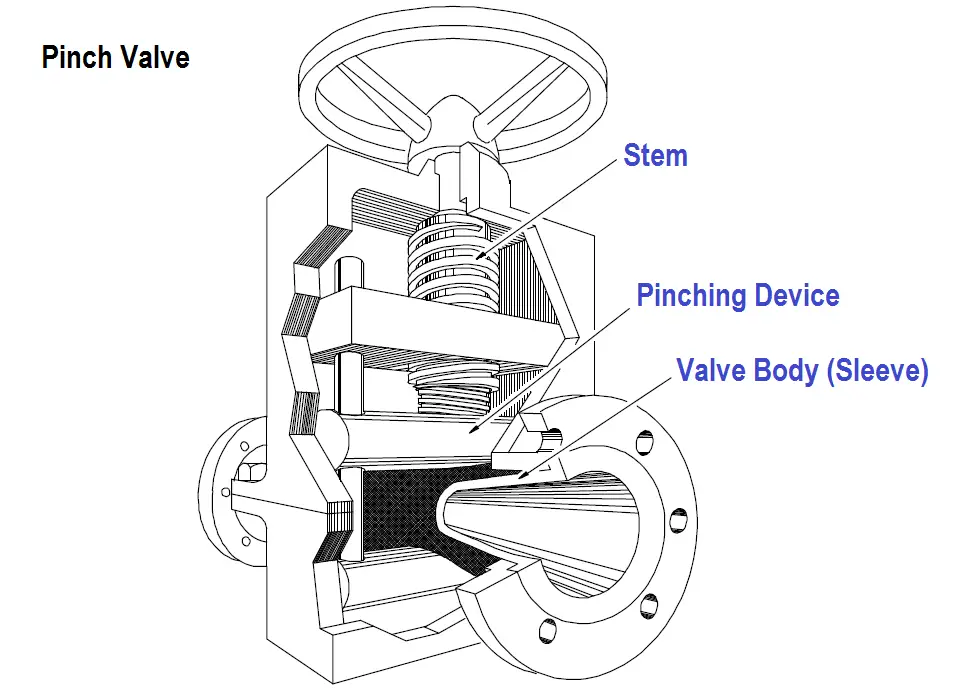
Figure : Pinch Valves
The pinch control valve consists of a sleeve molded of rubber or other synthetic material and a pinching mechanism. All of the operating portions are completely external to the valve.
The molded sleeve is referred to as the valve body.
Pinch valve bodies are manufactured of natural and synthetic rubbers and plastics which have good abrasion resistance properties.
These properties permit little damage to the valve sleeve, thereby providing virtually unimpeded flow.
Sleeves are available with either extended hubs and clamps designed to slip over a pipe end, or with a flanged end having standard dimensions.
Pinch Valve Body
Pinch valves have molded bodies reinforced with fabric. Pinch valves generally have a maximum operating temperature of 250 oF. At 250 oF, maximum operating pressure varies generally from 100 psig for a 1-inch diameter valve and decreases to 15 psig for a 12-inch diameter valve.
Special pinch valves are available for temperature ranges of -100 oF to 550 oF and operating pressures of 300 psig.
Most pinch valves are supplied with the sleeve (valve body) exposed. Another style fully encloses the sleeve within a metallic body.
This type controls flow either with the conventional wheel and screw pinching device, hydraulically, or pneumatically with the pressure of the liquid or gas within the metal case forcing the sleeve walls together to shut off flow.
Most exposed sleeve valves have limited vacuum application because of the tendency of the sleeves to collapse when vacuum is applied.
Some of the encased valves can be used on vacuum service by applying a vacuum within the metal casing and thus preventing the collapse of the sleeve.
